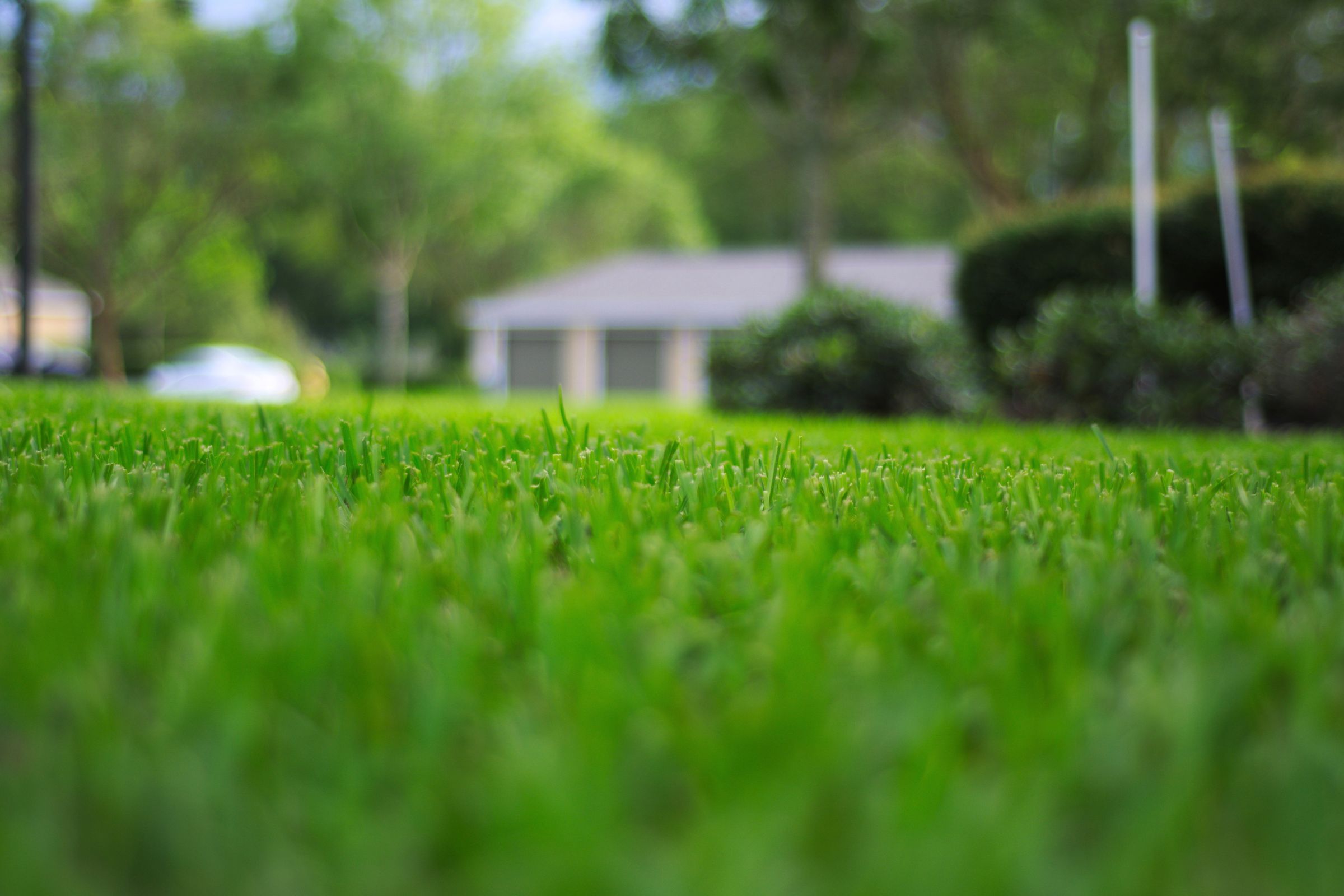 May 21, 2025 12:00 pm
May 21, 2025 12:00 pm
A sloped or uneven yard isn’t just an eyesore—it can lead to poor drainage, pooling water, soil erosion, and even structural instability for anything you install outdoors. Whether you’re planning to build a patio, install a swing set, or improve the appearance and function of your outdoor space, learning how to level ground is an essential part of the process.
In this blog, we’ll walk you through the basics of backyard ground leveling, offering practical steps to level uneven yard areas while enhancing drainage solutions for yards and boosting overall ground stability.
Why Ground Leveling Matters
Leveling the ground in your backyard offers more than just a visually pleasing lawn. Uneven terrain can cause water to collect in low spots, leading to muddy patches, unhealthy grass, and potential damage to landscaping or structures. By tackling backyard ground leveling, you’re not just fixing a cosmetic issue—you’re creating a more functional and safer space.
Beyond aesthetics and water control, leveling your yard can significantly improve the usability of your space. From preventing injuries caused by tripping hazards to creating a flat surface for garden beds or play equipment, improving backyard ground stability and usability go hand-in-hand.
What You’ll Need to Level Ground
Before you begin, gather the right tools and materials:
- Shovel and rake
- Measuring tape or long level
- Tamper or roller for compacting soil
- Fill dirt or topsoil
- Optional: landscape fabric and gravel if drainage needs improvement
These tools will help you handle both the grading and compacting steps needed to create a smooth, stable surface.
Step-by-Step Guide to Leveling Your Yard
1. Assess the Slope
Walk through your yard and identify problem areas. You may need to stake out the high and low points to see how much you’ll need to remove or fill in. A long level or laser level can be helpful in identifying the gradient.
2. Remove Debris and Grass
Clear away any rocks, roots, or existing grass in the area you plan to level. This allows for a smoother finish and better soil compaction later.
3. Add or Remove Soil
Now comes the heavy lifting. To level uneven yard sections, you’ll need to either cut down higher spots or fill in lower areas with soil or a topsoil mix. Spread the soil evenly using a rake and make sure it aligns with your planned level mark.
4. Compact the Ground
Use a tamper or lawn roller to compact the soil. This is a crucial step for achieving solid ground stability. Without compacting, the soil can settle unevenly after rainfall, undoing your hard work.
5. Recheck and Repeat
After compacting, check the level again. You may need to go over the process more than once to achieve the best results.
6. Final Touches
If this area will remain as lawn, spread grass seed or sod over the topsoil. If you’re preparing for construction or installation, now you have a stable, level base ready to go.
DIY Yard Leveling Tips
Here are a few extra DIY yard leveling tips to help your project go smoothly:
- Water the soil slightly before compacting to make it more pliable and easier to shape.
- Work in small sections to maintain better control over the leveling process.
- If you’re dealing with drainage issues, consider incorporating gravel layers or drainage pipes beneath the surface before finishing the grade.
When to Call a Professional
While smaller projects can be tackled with basic tools, large yards or severe slopes may require a professional with grading equipment. If your yard has significant drainage issues or you’re planning a major landscaping project, expert help might be the best choice.
Conclusion
Learning how to level ground is a skill that benefits any homeowner. From improving water flow to creating a foundation for outdoor features, it’s a foundational step in upgrading your yard. Whether your goal is aesthetic improvement or practical preparation for installations, backyard ground leveling provides lasting value.
By following the steps outlined above, you’ll be able to level uneven yard areas efficiently while enhancing drainage solutions for yards and reinforcing ground stability. Don’t forget to revisit the basics when you begin your next landscaping or building project—because a solid foundation makes all the difference.
Categorised in: Uncategorized
